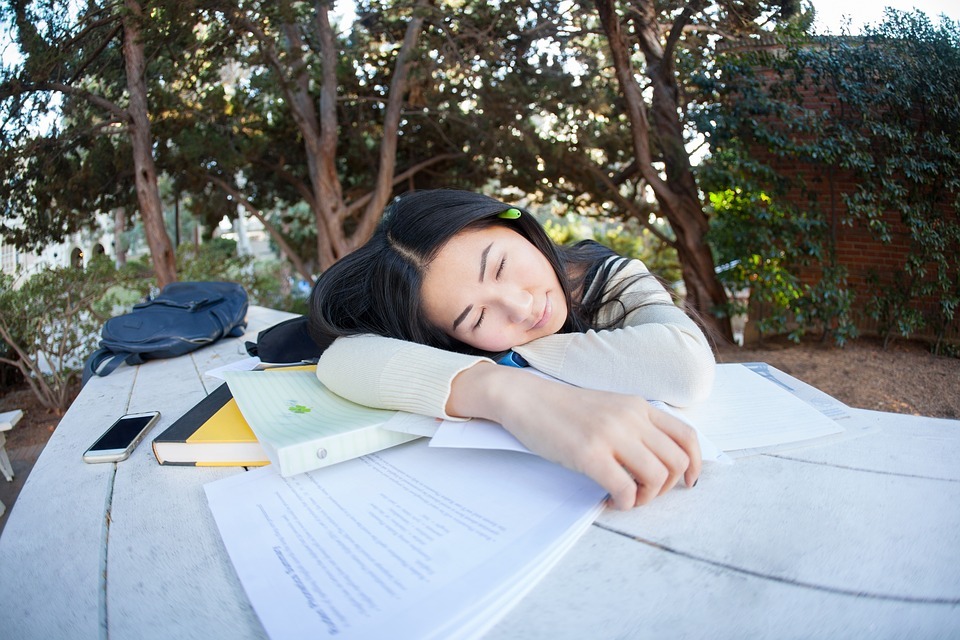Many people suffer from a sleeping disorder named sleep apnea which needs immediate treatment, or else it can lead to serious health issues like heart trouble and high blood pressure. The disease symptoms consist of disruption in breathing during sleep as breathing stops repeatedly and cause loud snoring. It leads to daytime tiredness despite having a whole night’s sleep. The intermittent stoppage of breathing during sleep affects sleep quality, and you must immediately consult a doctor at earnosethroat.com.sg/sleep-clinic-singapore-sleep-apnea-treatment as soon as you discover that you have a problem. By considering your signs and symptoms and medical history, the doctor will recommend a sleep apnea test, technically known as a polysomnogram (PSG). You can take the test at home or a sleep disorder center, but the latter is always a better option.
What is polysomnogram?
Polysomnogram is a sleep study test with multiple components that send out electronic signals to record specific physical activities while you are asleep. The test applies to evaluating sleep disorders in general and, more specifically, sleep apnea. The test records your brain waves, heart rate and breathing, the oxygen level in your blood, as well as leg and eye movements during the study. Generally known as nocturnal polysomnography, the test is usually done at night except for shift workers who habitually sleep during the day. Since the test’s purpose is to diagnose obstructive sleep apnea, a limited number of sensors are used during testing.
The findings of the test
Polysomnography monitors your sleep cycles and stages to identify any disruption to your sleeping pattern and its reason. Different sleep apnea test devices use different types of sensors in various combinations. One type of sensor gathers information about blood vessel tone too.
When people usually fall asleep, the first stage is NREM sleep or non-rapid eye movement sleep. The recording of the brain waves during this stage using the EEG method (electroencephalography) shows considerable slowdown. During NREM, your eyes move back and forth very slowly as compared to later stages of sleep. After one or two hours of NREM sleep, the brain activity starts accelerating that signals the beginning of REM or rapid eye movement sleep.
You go through repeated cycles of NREM and REM sleep alternating every 90 minutes, which is expected during the night. Ant sleep disorder disrupts this cycle.
If the test reveals that you have sleep apnea, you may have to take more tests to determine the best treatment plan.
Your experience at the ENT clinic
The doctor at the clinic, an ENT specialist, will have a detailed discussion with you about the symptoms you experience and your sleep pattern and sleep quality. He will conduct a physical test called nasendoscopy to assess the anatomy of the upper airway. The doctor will soon arrange for a polysomnogram to determine the severity of the disease and its type. The doctor will then correlate the report of the tests with the physical findings and your history.
Based on the findings, the doctor will recommend a customized treatment plan for you.

